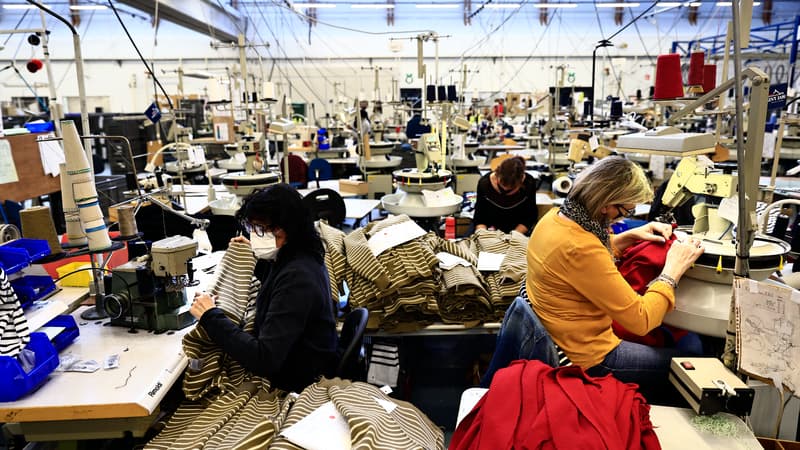Buying French is a bit like our New Year’s resolutions. Everyone is for it, but we rarely complete the process.
Questioned like every year in the Parisian “Made in France” salon that has just opened its doors, 9 out of 10 people affirm that they are going to buy more French.
Except, as with good resolutions, good will quickly clashes with reality. And this reality is going to the store.
Furthermore, according to this OpinionWay survey, 80% of French people admit to having had to restrict their “Made in France” purchases in this year of high inflation and arbitrage.
Because price remains the number one obstacle for 70% of French people when it comes to accessing products manufactured in the territory. When they are in the aisle of a supermarket or in a shopping center, the French no longer decide based on the origin of the product (at least in the case of manufactured products) but based on the price.
But also availability. For 43% of those surveyed, it is the lack of supply that prevents them from consuming in a more patriotic way.
Finally, there are always doubts about the true origin of the products and the reliability of the labels.
Decline of “Made in France”
Meanwhile, “Made in France” continues to decline in the country. A trend that is also observed in all large Western economies, as INSEE recalls in a study published in October. In economies that are more interconnected than ever, we search for the best or cheapest products around the world.
In France, the weight of “Made in France” in total consumption has fallen from 89% in 1965 to 78% in 2019. A decrease that may seem relatively small, but this figure is misleading since it includes services. However, in construction or commercial services, the weight of French is logically very high: 96% and 80% respectively.
The specifically French problem lies in manufactured products (automobiles, textiles, household appliances, medicines, etc.). If the decrease in premises is observed in the majority of our neighbors, it is in France where the drop is greatest (from 82% in 1965 to 38% today). In comparison, “Made in Germany” represents 52% of the consumption of manufactured products in Germany, “Made in Italy” 51% in Italy, “Made in Spain” 40% in Spain or even 66% of the “Made in USA” in the United States.
However, should France aim to manufacture everything? Probably not. There are productions that may never return to France because they do not have great added value or because we no longer have the know-how. Thus, according to the Independent Federation of Made in France (Fimif), only 5% of the toys purchased by the French, 3% of clothing or even 1% of watches are produced in our territory.
But it is in automobiles, in energy transition technologies and, in general, in all areas in which there is added value where France must very quickly recover the market shares lost in the last 30 years and sacrificed on the altar of belief that the economy could only live on non-relocatable services.
Source: BFM TV


